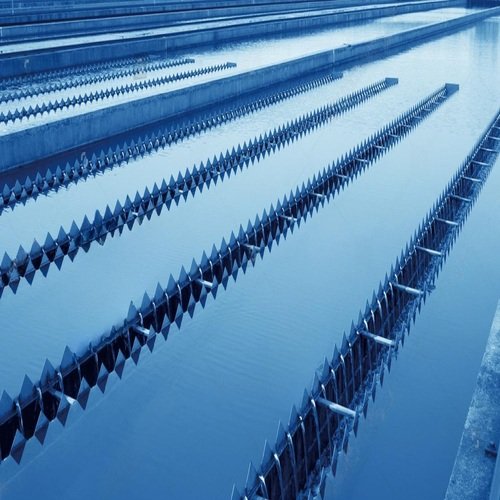SUMMARY
Pre-treatment is the preliminary removal of wastewater or sludge constituents, such as oil, grease, and various solids (e.g., sand, fibres and trash). Built before a conveyance or treatment technology, pre-treatment units can retard the accumulation of solids and minimize subsequent blockages. They can also help to reduce abrasion of mechanical parts and extend the life of the sanitation infrastructure.
ADVANTAGES
Relatively low capital costs; low to moderate operating costs
Reduced risk of impairing subsequent conveyance and/or treatment technologies
Higher lifetime and durability of sanitation hardware
DISADVANTAGES
Frequent maintenance required
The removal of solids and grease is not pleasant
INTRODUCTION
Oil, grease, sand and suspended solids can impair transport and/or treatment efficiency through clogging and wear. Therefore, prevention and early removal of these substances is crucial for the durability of a treatment system. Pre-treatment technologies use physical removal mechanisms, such as screening, flotation, settling and filtration.
Schematic of different pre-treatment technologies. Source
GREASE TRAP
The goal of the grease trap is to trap oil and grease so that it can be easily collected and removed. Grease traps are chambers made out of brickwork, concrete or plastic, with an odour-tight cover. Baffles or tees at the inlet and outlet prevent turbulence at the water surface and separate floating components from the effluent. A grease trap can either be located directly under the sink, or, for larger amounts of oil and grease, a bigger grease interceptor can be installed outdoors. An under-the-sink grease trap is relatively low cost, but must be cleaned frequently (once a week to once a month), whereas a larger grease interceptor has a higher capital cost, but is designed to be pumped out every 6 to 12 months. If designed to be large enough, grease traps can also remove grit and other settleable solids through sedimentation, similar to Septic tanks.
SCREEN
Screening aims to prevent coarse solids, such as plastics, rags and other trash, from entering a sewage system or treatment plant. Solids get trapped by inclined screens or bar racks. The spacing between the bars usually is 15 to 40 mm, depending on cleaning patterns. Screens can be cleaned by hand or mechanically raked. The latter allows for a more frequent solids removal and, correspondingly, a smaller design.
GRIT CHAMBER
Where subsequent treatment technologies could be hindered or damaged by the presence of sand, grit chambers (or sand traps) allow for the removal of heavy inorganic fractions by settling. There are three general types of grit chambers: horizontal-flow, aerated, or vortex chambers. All of these designs allow heavy grit particles to settle out, while lighter, principally organic particles remain in suspension.



